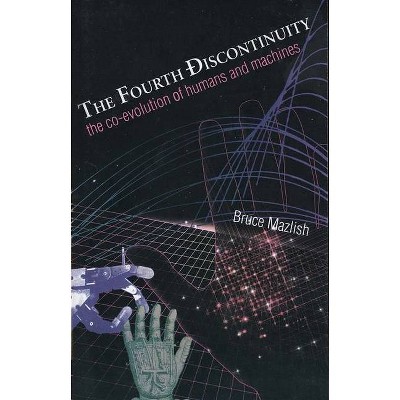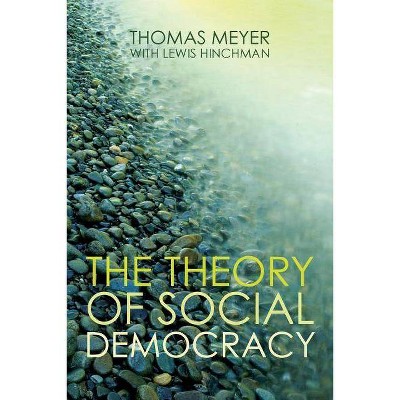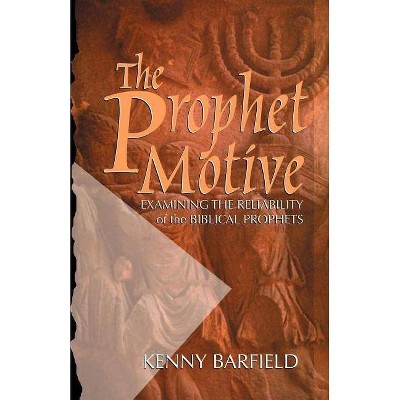The Perilous Frontier - (Studies in Social Discontinuity) by Thomas Barfield (Paperback)

Similar Products
Products of same category from the store
AllProduct info
<p/><br></br><p><b> Book Synopsis </b></p></br></br>Around 800 BC, the Eurasian steppe underwent a profound cultural transformation that was to shape world history for the next 2,500 years: the nomadic herdsmen of Inner Asia invented cavalry which, with the use of the compound bow, gave them the means to terrorize first their neighbors and ultimately, under Chingis Khan and his descendants, the whole of Asia and Europe. Why and how they did so and to what effect are the themes of this history of the nomadic tribes of Inner Asia - the Mongols, Turks, Uighurs and others, collectively dubbed the Barbarians by the Chinese and the Europeans.<br /> <br /> This two-thousand year history of the nomadic tribes is drawn from a wide range of sources and told with unprecedented clarity and pace. The author shows that to describe the tribes as barbaric is seriously to underestimate their complexity and underlying social stability. He argues that their relationship with the Chinese was as much symbiotic as parasitic and that they understood their dependence on a strong and settled Chinese state. He makes sense of the apparently random rise and fall of these mysterious, obscure and fascinating nomad confederacies.<p/><br></br><p><b> From the Back Cover </b></p></br></br>Around 800 BC, the Eurasian steppe underwent a profound cultural transformation that was to shape world history for the next 2,500 years: the nomadic herdsmen of Inner Asia invented cavalry which, with the use of the compound bow, gave them the means to terrorize first their neighbors and ultimately, under Chingis Khan and his descendants, the whole of Asia and Europe. Why and how they did so and to what effect are the themes of this history of the nomadic tribes of Inner Asia - the Mongols, Turks, Uighurs and others, collectively dubbed the Barbarians by the Chinese and the Europeans. <p>This two-thousand year history of the nomadic tribes is drawn from a wide range of sources and told with unprecedented clarity and pace. The author shows that to describe the tribes as barbaric is seriously to underestimate their complexity and underlying social stability. He argues that their relationship with the Chinese was as much symbiotic as parasitic and that they understood their dependence on a strong and settled Chinese state. He makes sense of the apparently random rise and fall of these mysterious, obscure and fascinating nomad confederacies.</p><p/><br></br><p><b> Review Quotes </b></p></br></br><br>An excellent piece of work ... Barfield writes clearly, with a gratifyingly total absence of social scientific jargon ... his case is put with impressive cogency. <i>Journal of the Royal Asiatic Society</i> <p>Barfield's significant and demanding book brings to a general audience a challenging new interpretation of relations between China and her northern neighbours ... provocative and persuasive ... Highly recommended. <i>Choice</i></p> <p>Barfield's study is rich and provocative. <i>Graham E. Johnson, University of British Columbia</i></p> <p>A welcome addition to the literature on the relations between Central Asian empires and China in premodern times. Thomas J. Barfield provides us with stimulating interpretations. <i>American Historical Review</i></p> <p>Excellent study of Chinese-nomadic relations. Weaves a fascinating and detailed tapestry. This excellent work awakens the reader to another level affected by the emerging world system in the nineteenth century. <i>The International History Review</i></p> <p>The appearance in paperback of this book is welcome. Breaking moulds. <i>Asian Affairs</i></p> <p>Fine study. A most welcome addition to the literature. <i>Bulletin School of Oriental and African Studies</i></p><br><p/><br></br><p><b> About the Author </b></p></br></br><b>Thomas Barfield</b> has written numerous articles and reviews on Inner Asia and Afghanistan and is the author of <i>The Central Asian Arabs of Afghanistan</i>.
Price History
Price Archive shows prices from various stores, lets you see history and find the cheapest. There is no actual sale on the website. For all support, inquiry and suggestion messagescommunication@pricearchive.us




















